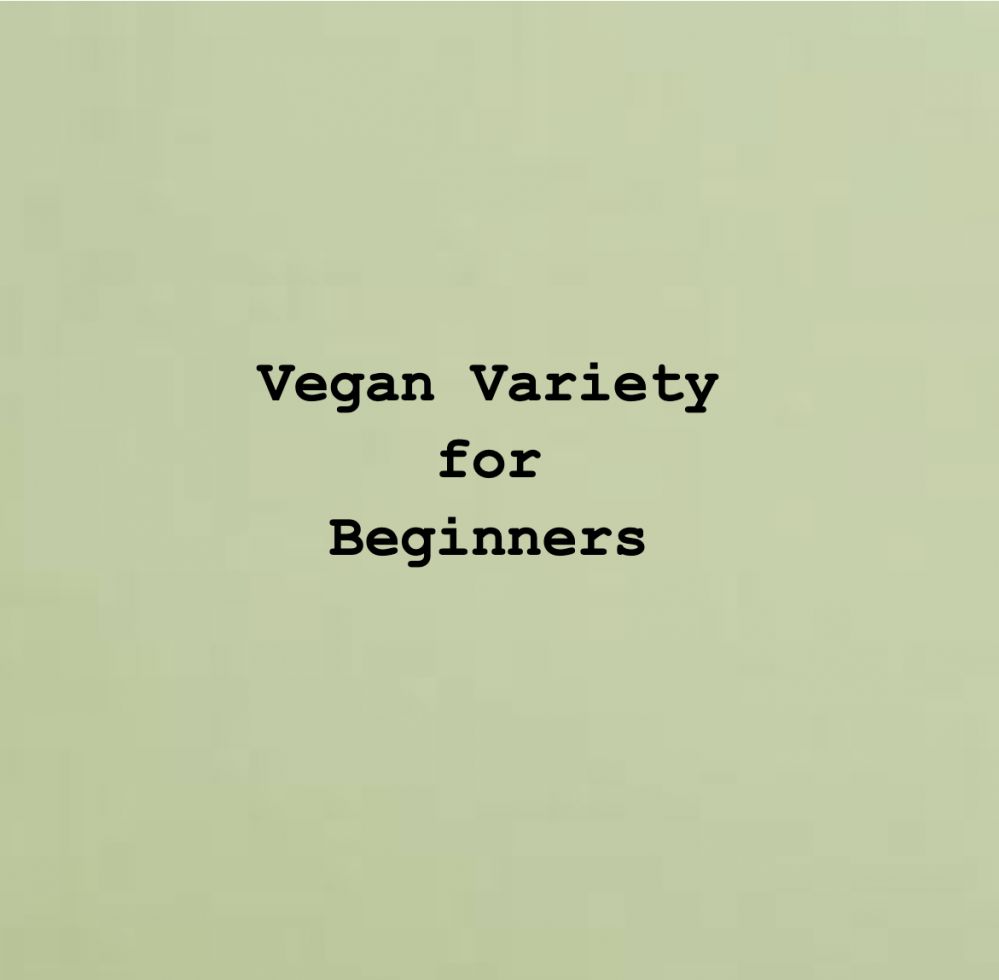Vegan Variety for Beginners
Food production pollutes water and air, as well as resulting in the loss of species and the destruction of natural habitats. Higher land usage is required for increased productivity. 86% of the food we eat now is made up of wheat, rice, maize, sugar, barley, soy, palm, and potato. Our diets are becoming increasingly similar around the world, both in terms of the kind of foods we consume and the variety of those foods. Regardless of where you buy your food or what you eat, your diet has a significant environmental impact. We can't avoid leaving a footprint with our food. Worse, modern farming and agricultural processes damage our air and water, as well as intruding on ecologically sensitive regions. Those striving to reduce their environmental impact may find the modern food system discouraging. However, everybody can assist to reduce their carbon footprint, eat a more sustainable diet, and support more sustainable food production and purchasing methods.
The global average water footprint for one pound of beef is 1,800 gallons of water; for one pound of pork, 718 gallons of water are required. In instance, soybeans have a 206 gallon water footprint, whereas corn has a 108 gallon water footprint. The majority of the answer is based on the food consumed by cattle. The water footprint shows how much water is "hidden" in meat as a sum of all water utilized at all stages of production. Recognizing the potential obstacles and constraints, as well as revealing the virtual water hidden in meat and explaining why resource-intensity is important, can help provide the foundation for practical, long-term solutions. While reality is that it is unavoidable that your food has an impact on the environment, some foods have a greater impact than others. Even the same type of food can create a variety of problems.
Excessive meat consumption/production causes a variety of environmental issues, including water pollution and water use, greenhouse gas emissions, environmental pollutants and toxins, natural resource depletion, and more. Households in the United States emit about eight metric tons of CO2 per year on average as a result of their food consumption.
There will always be cultural or other reasons for people not to change their eating habits but after learning about the ecological consequences of meat production, many people change their diets to help the environment. Others devote their professional lives to making a difference, such as performing experiments in meat labs to recreate meat tissue in order to manufacture meat without leaving a future footprint. I've chosen to raise awareness of the issue and provide recipes to make the transition to a healthier diet easier for others. You may start reducing your carbon footprint by doing the following simple tasks of:
Food production pollutes water and air, as well as resulting in the loss of species and the destruction of natural habitats. Higher land usage is required for increased productivity. 86% of the food we eat now is made up of wheat, rice, maize, sugar, barley, soy, palm, and potato. Our diets are becoming increasingly similar around the world, both in terms of the kind of foods we consume and the variety of those foods. Regardless of where you buy your food or what you eat, your diet has a significant environmental impact. We can't avoid leaving a footprint with our food. Worse, modern farming and agricultural processes damage our air and water, as well as intruding on ecologically sensitive regions. Those striving to reduce their environmental impact may find the modern food system discouraging. However, everybody can assist to reduce their carbon footprint, eat a more sustainable diet, and support more sustainable food production and purchasing methods.
The global average water footprint for one pound of beef is 1,800 gallons of water; for one pound of pork, 718 gallons of water are required. In instance, soybeans have a 206 gallon water footprint, whereas corn has a 108 gallon water footprint. The majority of the answer is based on the food consumed by cattle. The water footprint shows how much water is "hidden" in meat as a sum of all water utilized at all stages of production. Recognizing the potential obstacles and constraints, as well as revealing the virtual water hidden in meat and explaining why resource-intensity is important, can help provide the foundation for practical, long-term solutions. While reality is that it is unavoidable that your food has an impact on the environment, some foods have a greater impact than others. Even the same type of food can create a variety of problems.
Excessive meat consumption/production causes a variety of environmental issues, including water pollution and water use, greenhouse gas emissions, environmental pollutants and toxins, natural resource depletion, and more. Households in the United States emit about eight metric tons of CO2 per year on average as a result of their food consumption.
There will always be cultural or other reasons for people not to change their eating habits but after learning about the ecological consequences of meat production, many people change their diets to help the environment. Others devote their professional lives to making a difference, such as performing experiments in meat labs to recreate meat tissue in order to manufacture meat without leaving a future footprint. I've chosen to raise awareness of the issue and provide recipes to make the transition to a healthier diet easier for others. You may start reducing your carbon footprint by doing the following simple tasks of:
- Buying locally and in season
- Riding your bike
- Purchasing less meat and items overall
- Make others aware of the impact their diet makes on the environment.
...Show less
Cookbook Recipes
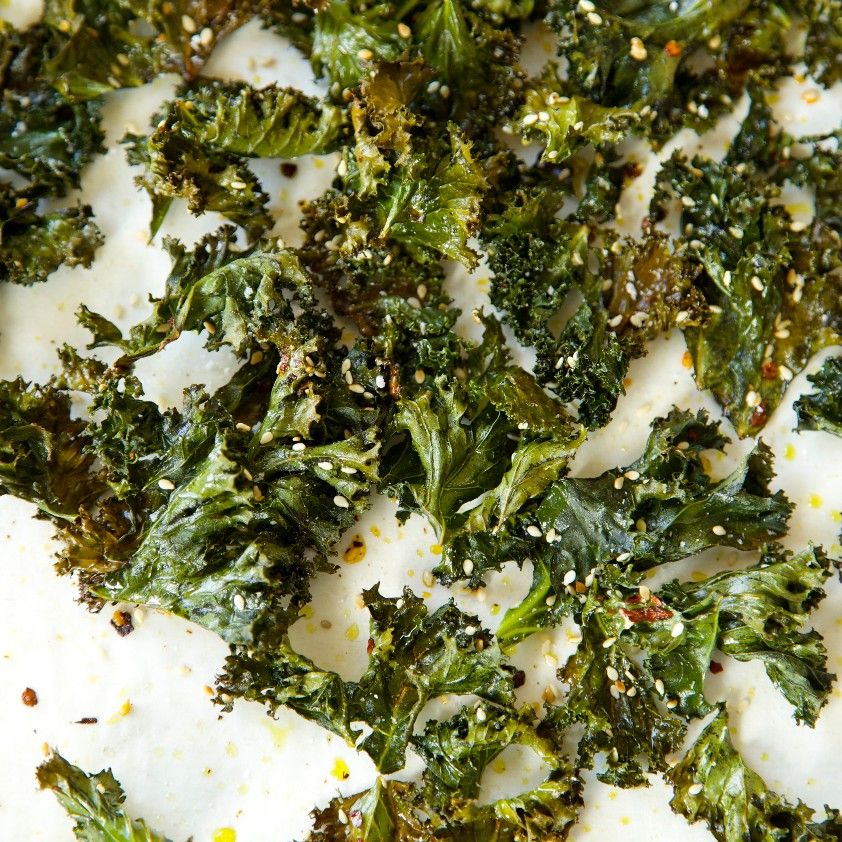
Kale Chips
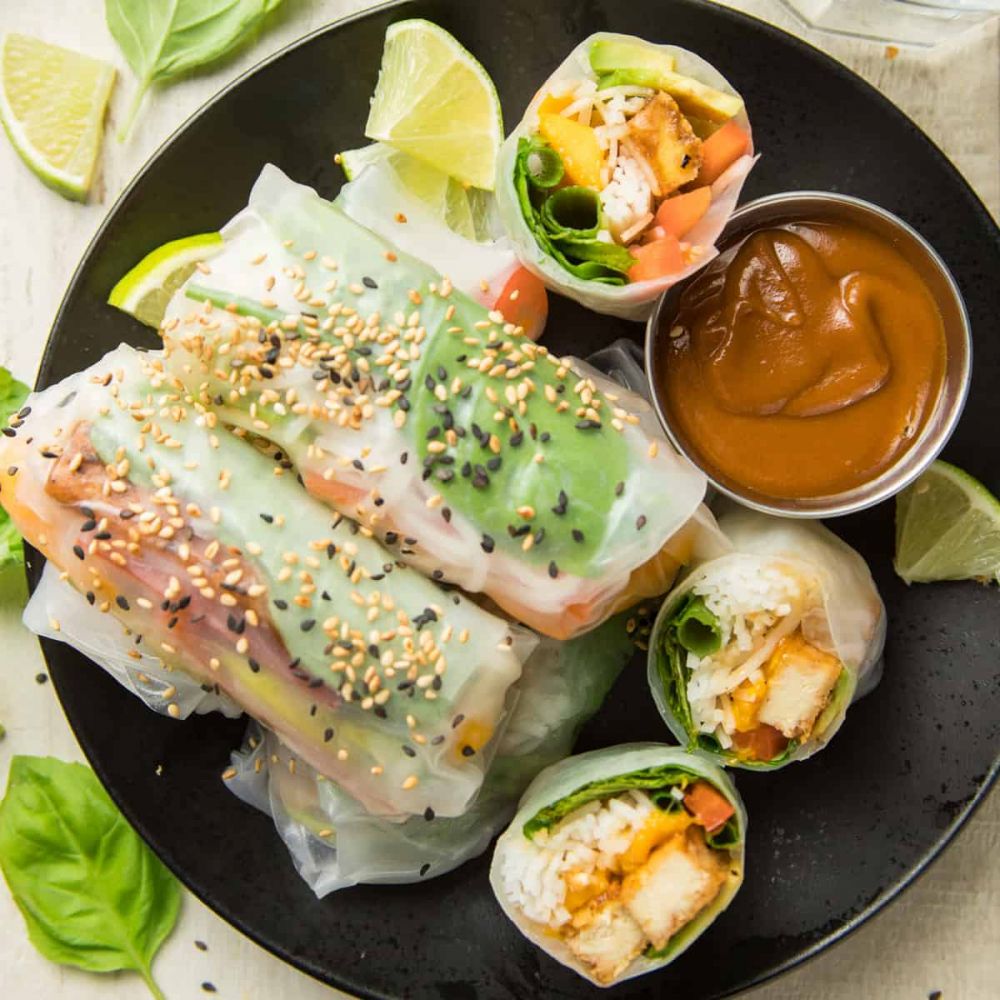
Summer Rolls with Peanut Dipping Sauce
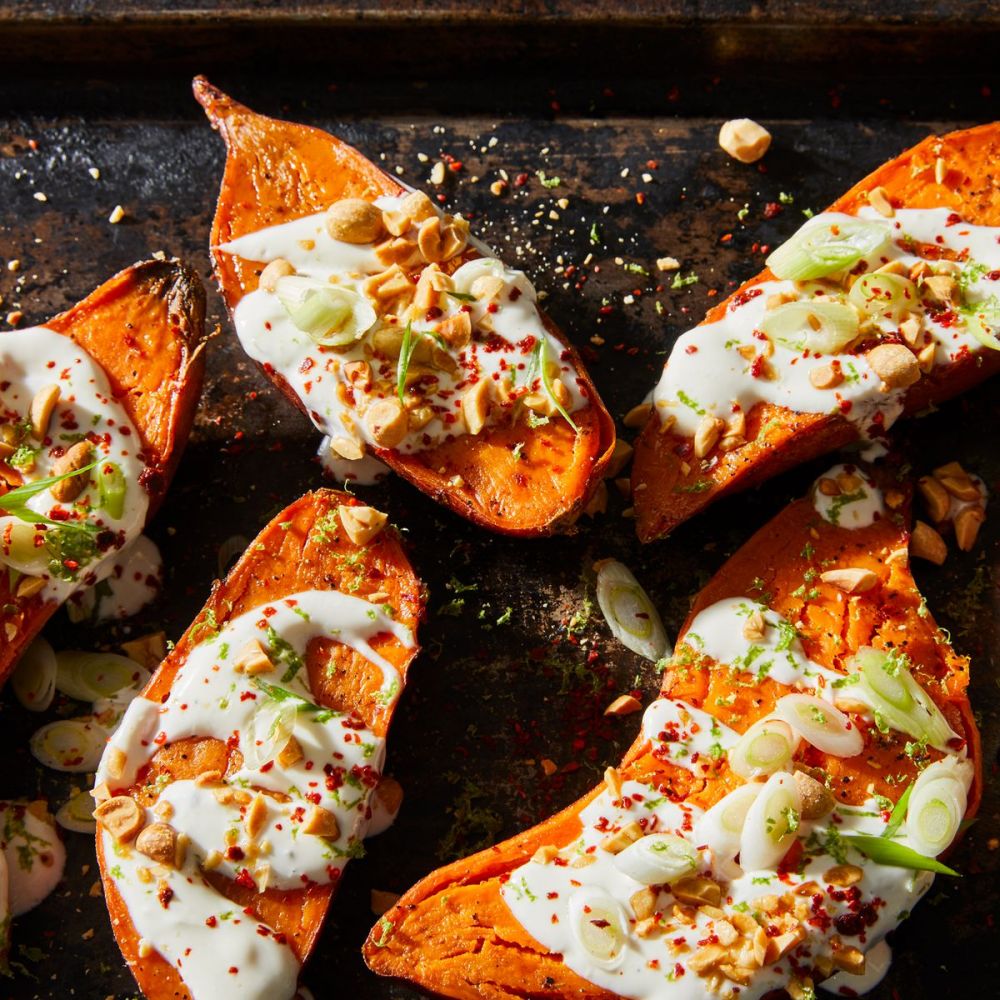
Baked Sweet Potatoes
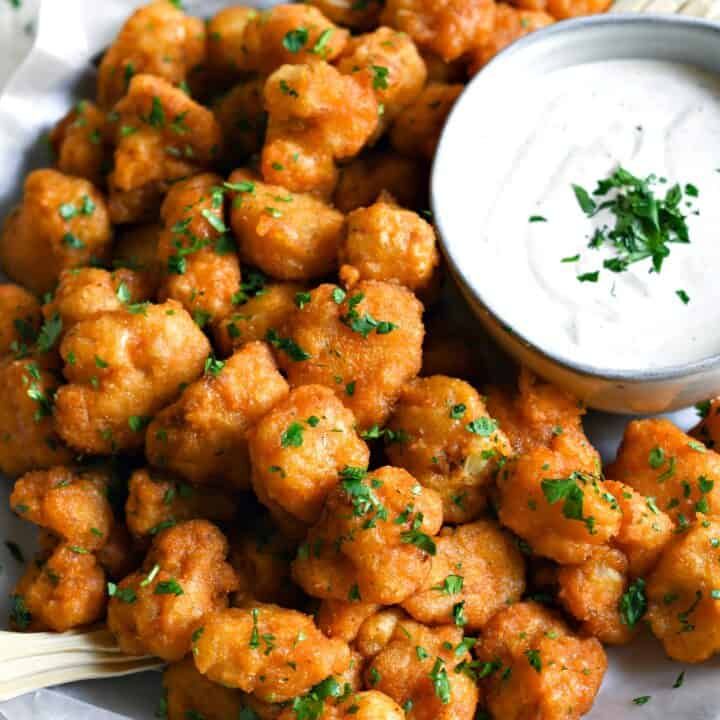
Baked Cauliflower Wings with Garlic Dip
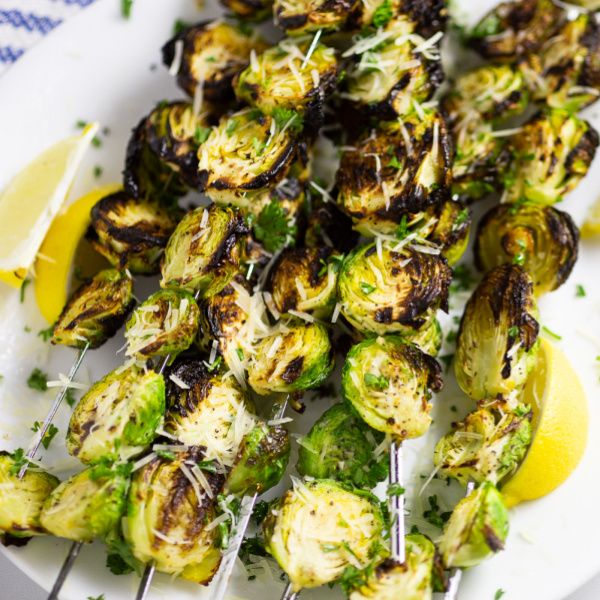
Grilled Maple Mustard Brussel Sprouts
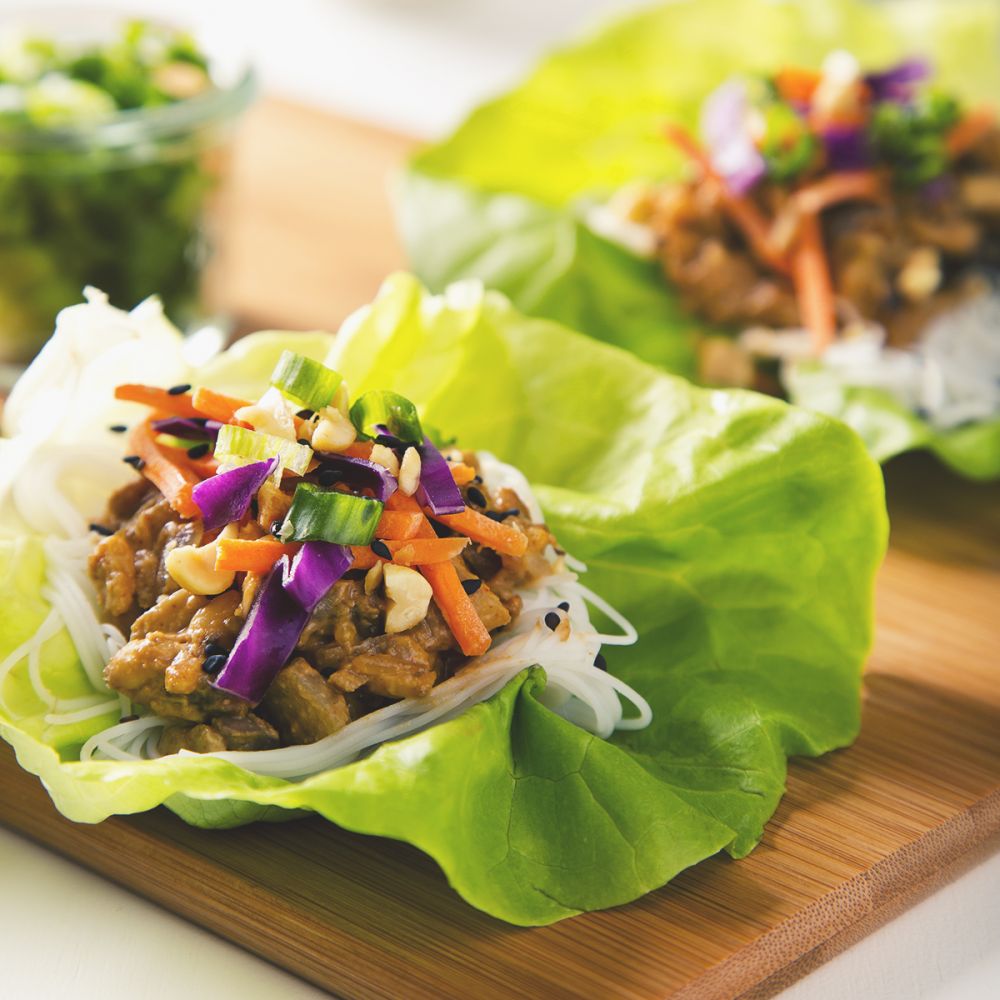
Thai Mango Cabbage Wraps with Crispy Tofu and Peanut Sauce
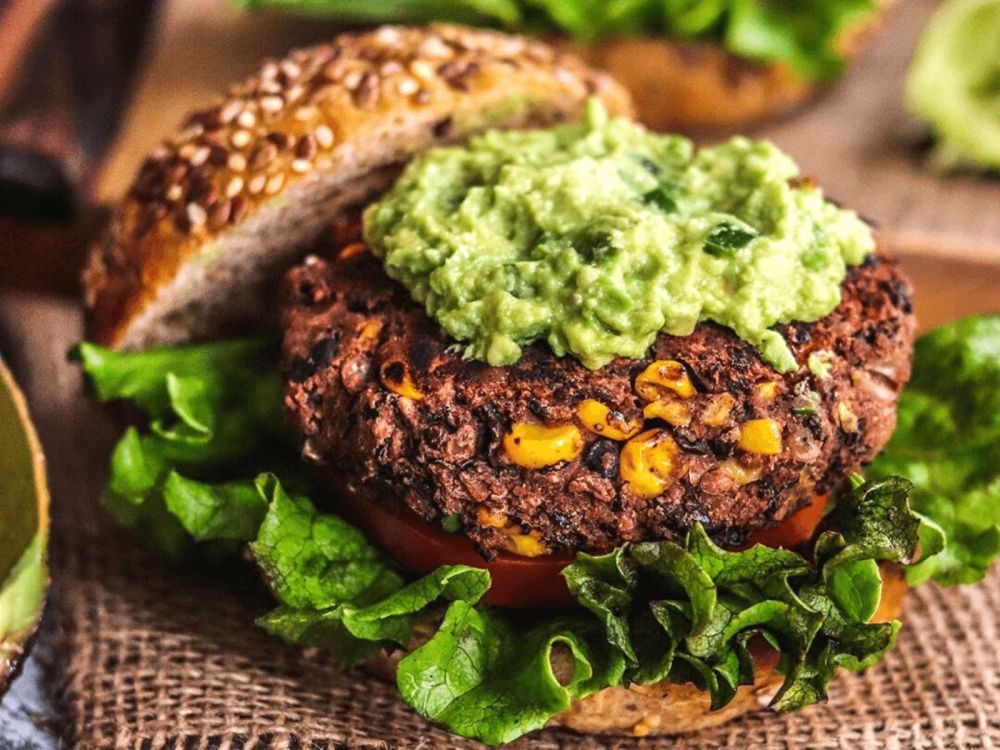
Black Bean Burger
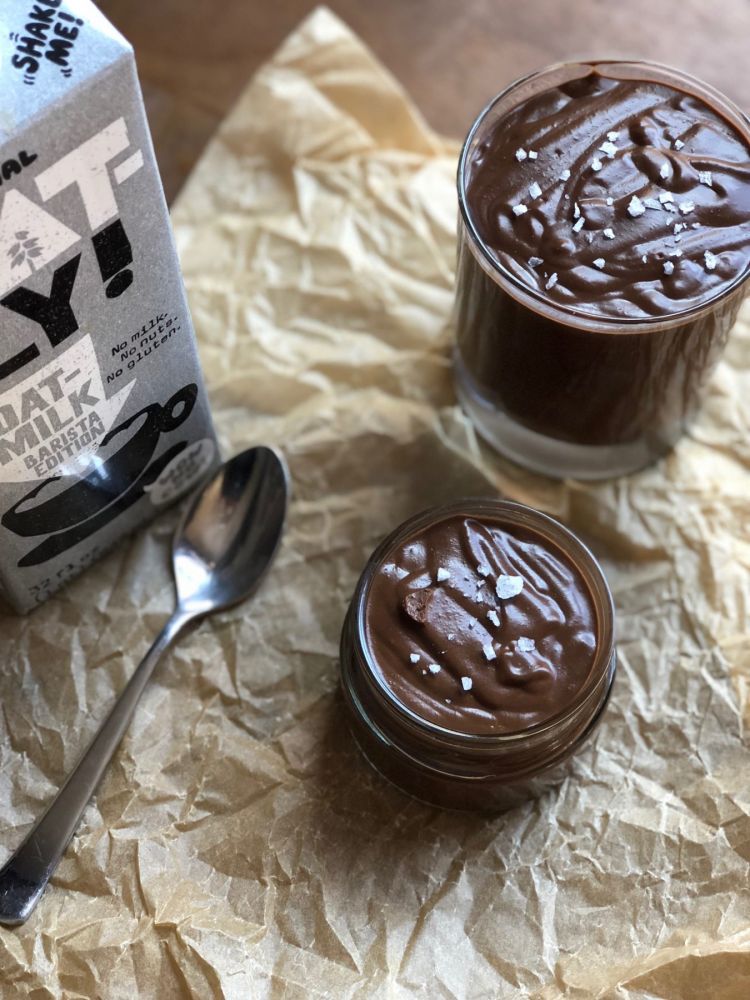
Oat Milk Chocolate Pudding

Apple Crumble
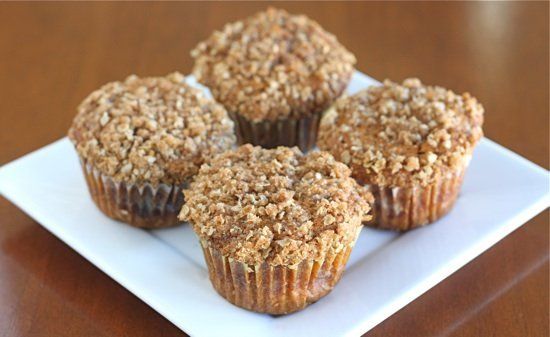
Pumpkin Muffin
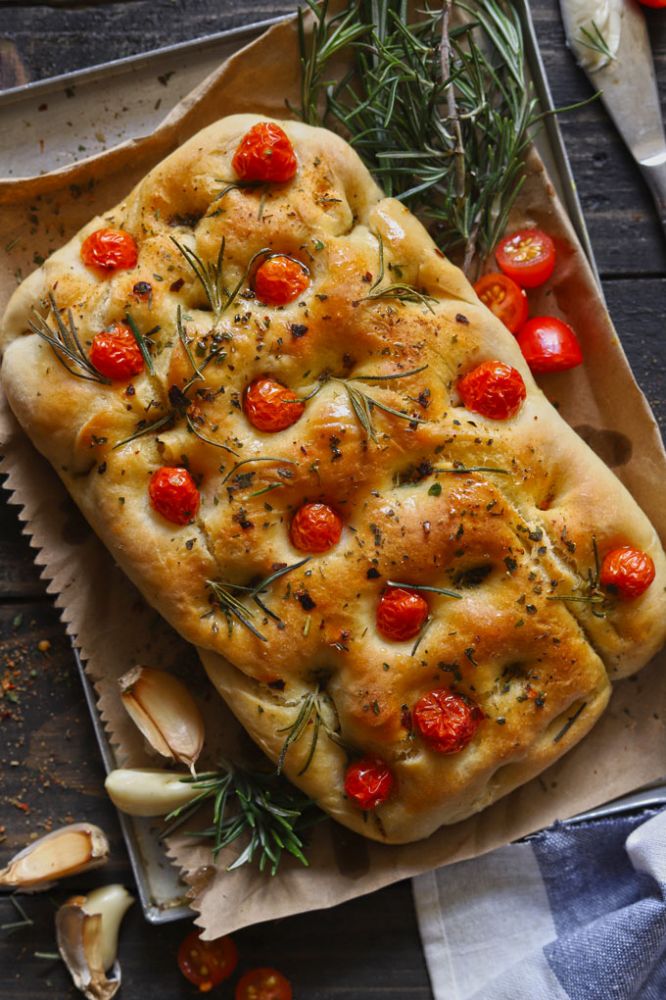
Italian Focaccia with Olives and Oil
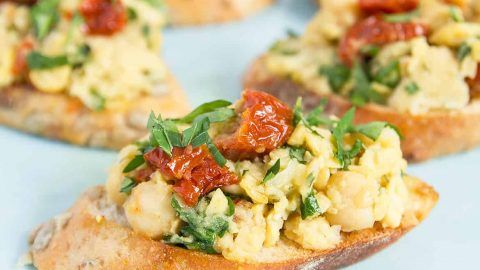
Chickpea Bruschetta with Sun-dried Tomatoes
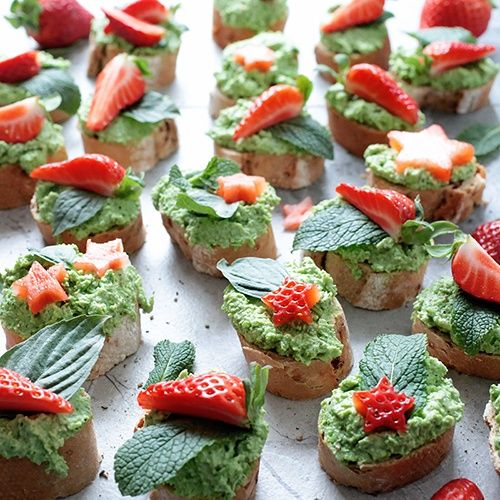
Green Pea and Coconut Spread
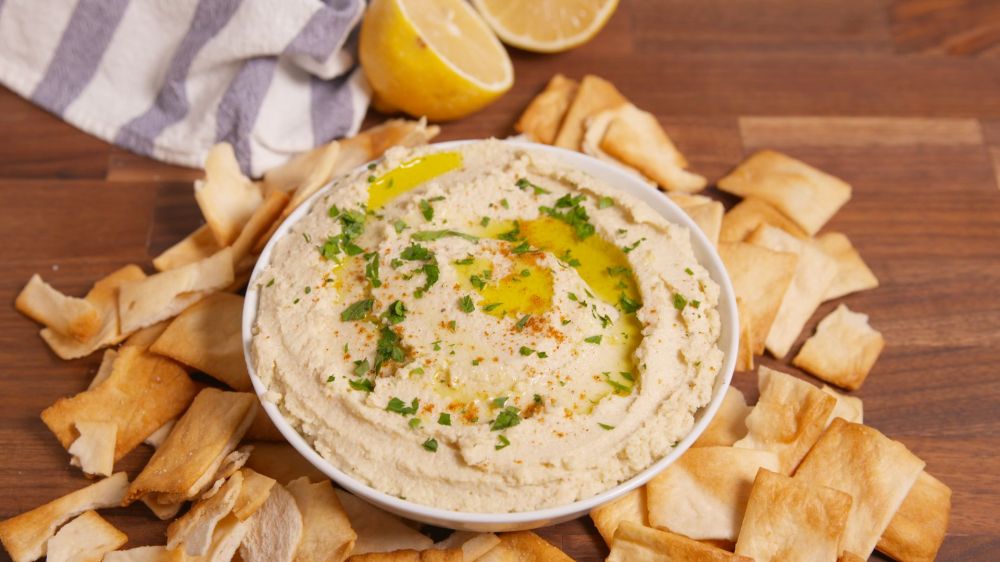
Hummus
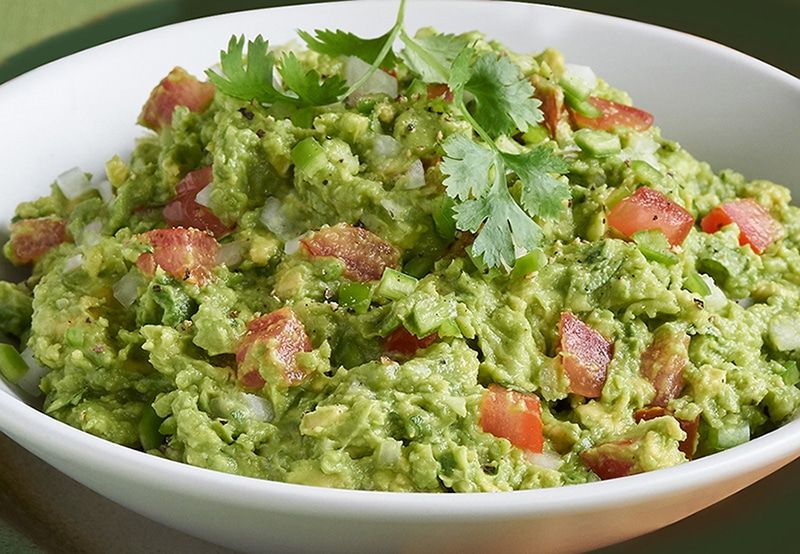
Guacamole Dip
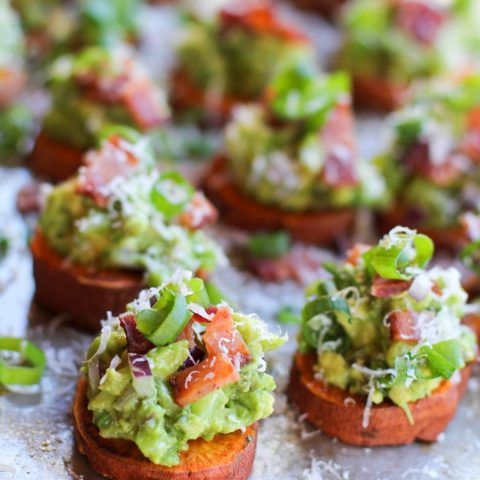
Sweet Potato Avocado Bites
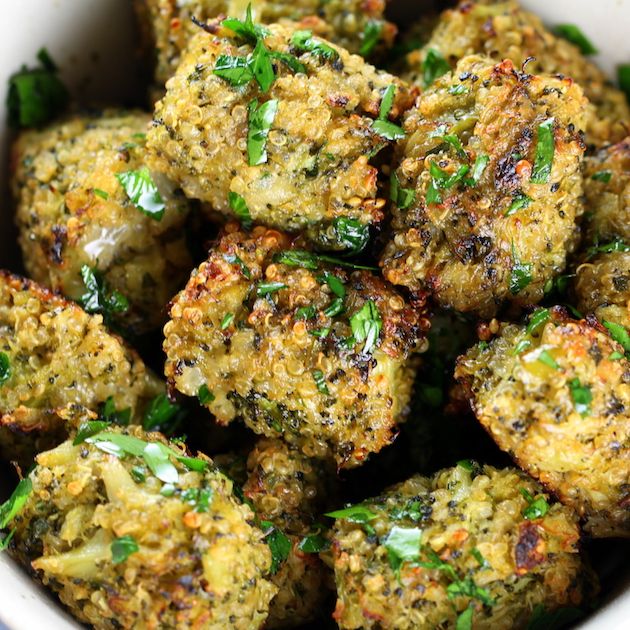
Quinoa Brocoli Tots
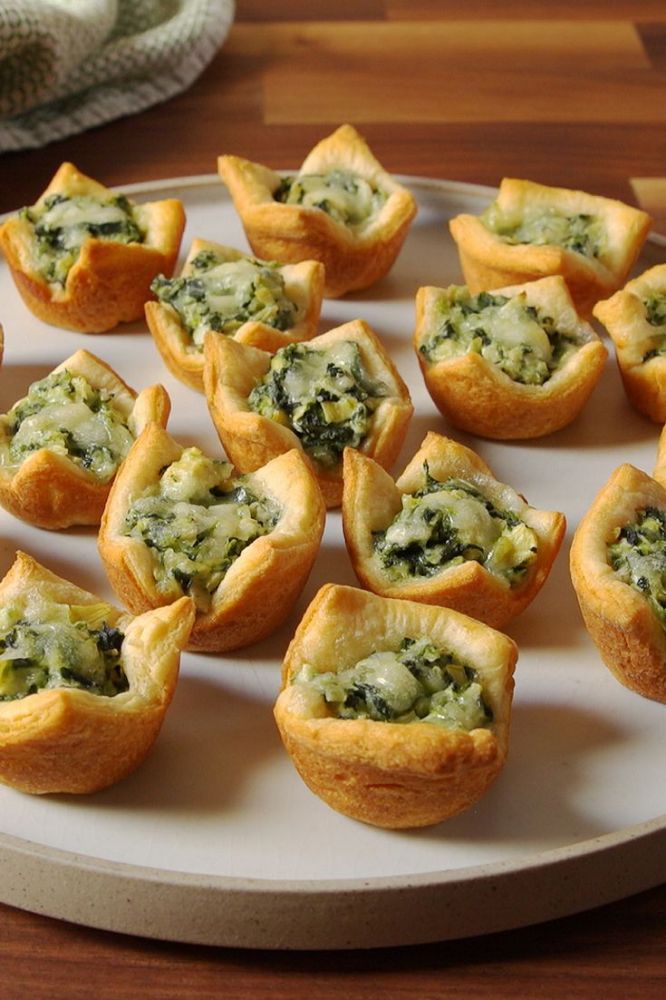
Spinach and Artichoke Cups
Kale Chips
Fast and easy recipe to make under 30 minutes. Great for several days as a snack or side food.Baked Sweet Potatoes
Simple, filling, and healthful meal with a creative twist to make it palatable.Grilled Maple Mustard Brussel Sprouts
This is a simple meal that can be cooked on the grill or in the oven. There are only a few steps to excellent taste.Thai Mango Cabbage Wraps with Crispy Tofu and Peanut Sauce
very similar to summer rolls, but it's a little more complicated to create.Thank you for your interest in alanasbakespace's cookbook and for helping support the BakeSpace community of independent cookbook authors!
Here’s some quick information regarding how our cookbook platform works, along with a few tips for making the most of cookbooks you add to your library.
What is the Cookbook Café Platform?
Cookbook Café is our one-of-a-kind cookbook publisher, marketplace and reader. It empowers everyone to create, market and distribute a cookbook as both a web-based eBook and an iPad app. It also makes it incredibly easy for home cooks to discover and use amazing grassroots cookbooks they won't find anywhere else. Since 2012, we've published thousands of cookbooks authored by home chefs, nonprofit organizations, clubs, brands, etc. Our goal is to democratize cookbook publishing and make it easy to build an online library of amazing grassroots cookbooks.
How do I "download" a cookbook?
You don't need to "download" cookbooks or deal with any files. All of the cookbooks you select (free and paid) using Cookbook Café become available to you automatically on any device (computer, tablet or smartphone) whenever you’re logged-in to your free BakeSpace account.When you see a cookbook you like, simply click the green "Get it Now" button. If you're not logged in to BakeSpace, you'll be asked to login (or join) so the cookbook can be added to your cookbook library. Once in your library, you can access the cookbook anytime, anywhere via BakeSpace.com, as well as our Cookbook Café iPad app.
While you're checking out cookbooks, also take some time to visit other parts of the delicious BakeSpace.com community where you can swap recipes and connect with others who share your passion for food and the culinary lifestyle.
Get ready to enjoy a uniquely smart and social cookbook experience!
Once a cookbook is added to your BakeSpace library, our proprietary recipe indexing technology makes it easy for you to find any specific recipe across all of your cookbooks… so there's no need to remember which cookbook contains that perfect recipe. In addition, you can connect directly with each cookbook author, leave comments/reviews and even ask questions about recipe substitutions, history, etc.
Need more info/help or want to provide some feedback?
We're happy to help! Send us an email to [email protected].
I’d love to make my own cookbook - how do I do that?
It's easy and free... visit our Make Your Own Cookbook section to get started.
Help get the word out about this cookbook! Grab the cookbook widget and paste it on your own website or blog.
BakeSpace's Cookbook Cafe
BakeSpace is an independent, grassroots community created by and for people who enjoy cooking, baking, and hanging out in the kitchen.
Embed this code on your site
on Jan/17/2022
on Jan/17/2022
Vegan Variety for Beginners
FREE
This book is dedicated to the education of youth about environmentally beneficial vegan meal options, as opposed to meat production, which many people are unaware harms our planet. Food production pollutes water and air, as well as resulting in the loss of species and the destruction of natural habitats. Higher land usage is required for increased productivity. 86% of the food we eat now is made up of wheat, rice, maize, sugar, barley, soy, palm, and potato. Our diets are becoming increasingly similar around the world, both in terms of the kind of foods we consume and the variety of those foods. Regardless of where you buy your food or what you eat, your diet has a significant environmental impact. We can't avoid leaving a footprint with our food. Worse, modern farming and agricultural processes damage our air and water, as well as intruding on ecologically sensitive regions. Those striving to reduce their environmental impact may find the modern food system discouraging. However, everybody can assist to reduce their carbon footprint, eat a more sustainable diet, and support more sustainable food production and purchasing methods. The global average water footprint for one pound of beef is 1,800 gallons of water; for one pound of pork, 718 gallons of water are required. In instance, soybeans have a 206 gallon water footprint, whereas corn has a 108 gallon water footprint. The majority of the answer is based on the food consumed by cattle. The water footprint shows how much water is "hidden" in meat as a sum of all water utilized at all stages of production. Recognizing the potential obstacles and constraints, as well as revealing the virtual water hidden in meat and explaining why resource-intensity is important, can help provide the foundation for practical, long-term solutions. While reality is that it is unavoidable that your food has an impact on the environment, some foods have a greater impact than others. Even the same type of food can create a variety of problems. Excessive meat consumption/production causes a variety of environmental issues, including water pollution and water use, greenhouse gas emissions, environmental pollutants and toxins, natural resource depletion, and more. Households in the United States emit about eight metric tons of CO2 per year on average as a result of their food consumption. There will always be cultural or other reasons for people not to change their eating habits but after learning about the ecological consequences of meat production, many people change their diets to help the environment. Others devote their professional lives to making a difference, such as performing experiments in meat labs to recreate meat tissue in order to manufacture meat without leaving a future footprint. I've chosen to raise awareness of the issue and provide recipes to make the transition to a healthier diet easier for others. You may start reducing your carbon footprint by doing the following simple tasks of: - Buying locally and in season - Riding your bike - Purchasing less meat and items overall - Make others aware of the impact their diet makes on the environment.
